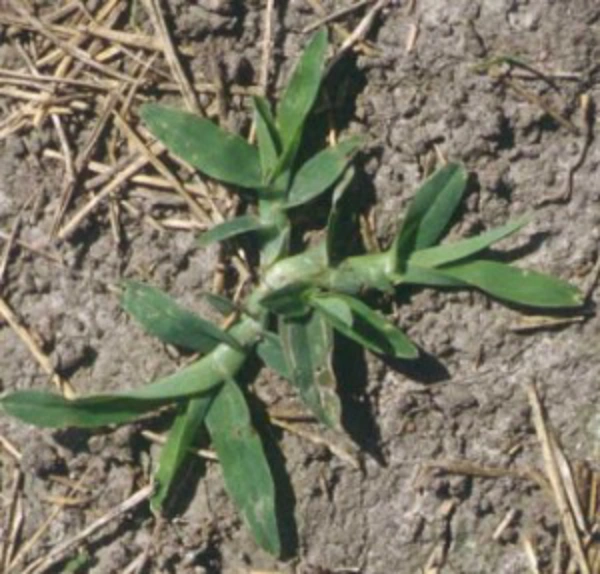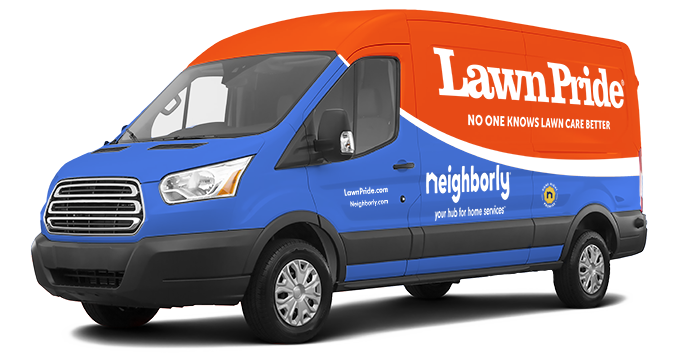Goosegrass (Eleusine indica) is an late-germinating summer annual grass that is often found in compacted areas or areas disturbed in the summer. These areas include compacted areas next to sidewalks or cart paths, golf course tees, and areas were soil is disturbed during the summer. Germination typically starts about two to three weeks after crabgrass germinates in early May in most Midwestern States although goosegrass is less common in northern areas of the Midwest like Michigan, Minnesota and Wisconsin.

Its flattened leaf sheaths are typically a white to silver color, especially at the base of the leaf sheath. Because of this coloration and its similarity to crabgrass some call it silver crabgrass. Goosegrass produces seedheads from July to September in Indiana. The seedheads are similar in appearance to crabgrass but the seeds are slightly larger than crabgrass seeds and the spikes on the seedhead are often described as being “zipper-like” in appearance. Goosegrass is best controlled with preemergence herbicides. So, treating your lawn in early spring is the best way to avoid this unsightly plant.
